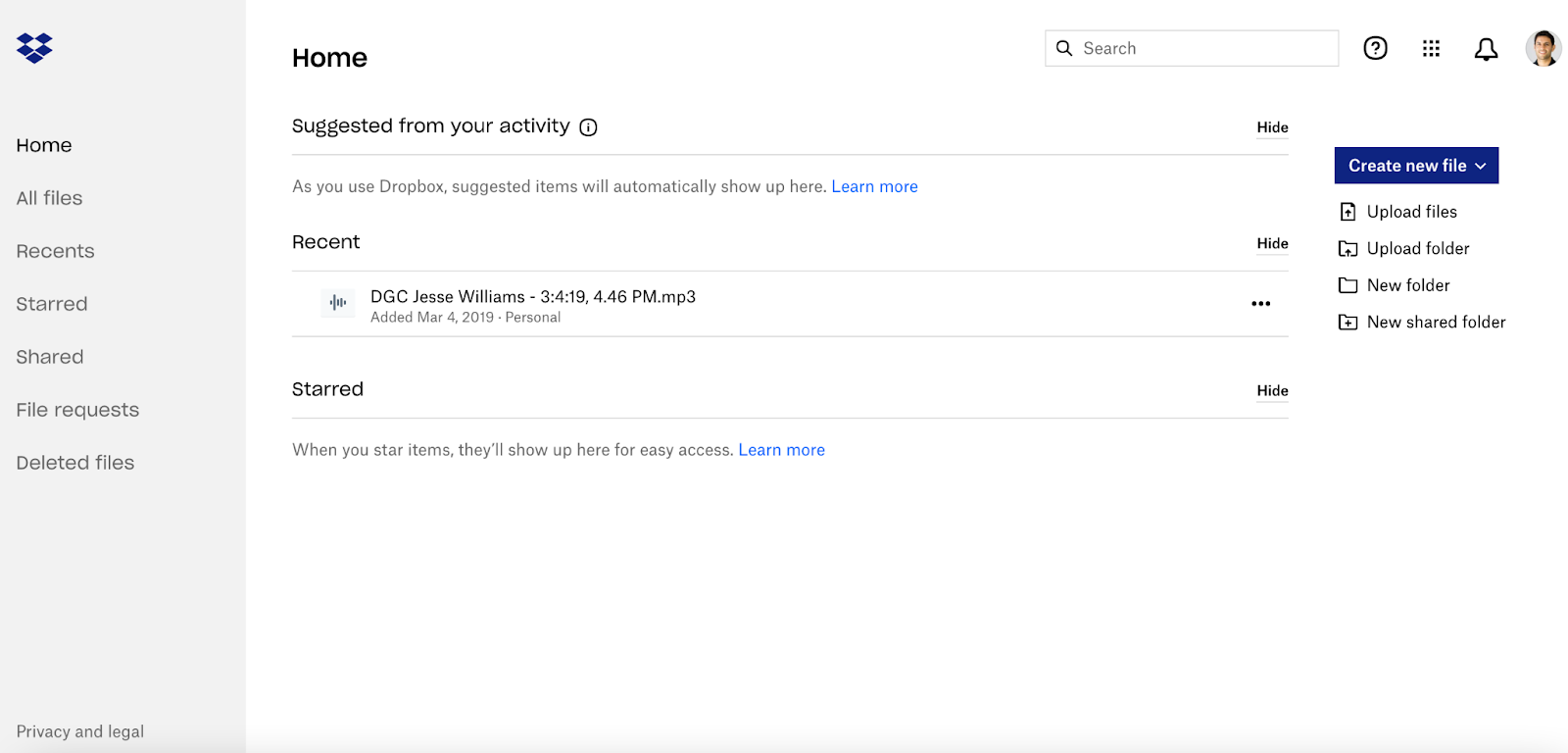While post-production has often felt "remote" compared to the bustling, crowded environment of on-set production, now that we have shifted to a truly remote work environment, many creatives have noticed a much more dramatic shift than they were expecting.
Most notably, with every member of the post-production team isolated from one another, the true isolation of a fully remote workflow has started to sink in, along with its challenges.
Prior to the pandemic, directors, producers, and other collaborators floated in and out of editing rooms for long collaboration sessions to test new ideas, play, and experiment. Now that everyone is separated, the natural flow and exchange of ideas have been interrupted, and in its place are technical challenges and hurdles to overcome as you and your team try to contribute your ideas to create a stunning final product.
We've compiled some of the most common challenges facing remote post-production teams and some tips on how to overcome them so you can nail your next project and many more to come.
4 Common Challenges of Remote Post-Production (and How to Overcome Them)
Challenge #4: Adequate Equipment for Every Team Member

For editors used to pulling long hours both in the office and at home, it’s likely they already have equipment that is capable of doing at least the most basic tasks of their job. For many producers, directors, and other potentially less “technical” creatives, the path forward may not be so clear-cut.
For a remote post-production workflow to be successful, each member of the team must have adequate equipment for viewing media files, listening to audio, and communicating with the other members of the team, ideally on video calls.
For this to be possible, you need to ensure that every member of your team is properly equipped with their own remote work equipment so that everyone can collaborate freely and easily.
We recommend that every member of the post-production team have, at the bare minimum:
- High-quality (preferably over-ear) headphones for accurate renderings of audio mixes
- An HD webcam for video conferencing
- A computer or laptop with enough memory and graphics capabilities to stream 4k video
- An ethernet cable and, if needed, an adapter to allow them to hard-wire directly into their router or modem for maximum bandwidth
- A high-quality USB or headset microphone
Depending on their role, many team members will need to build out their home office equipment far beyond this, but if everyone on your team has this basic setup, it will allow for fairly seamless collaboration no matter where you are in the world.
Challenge #3: File sharing

Remote collaboration requires sharing lots of files, many of them absolutely massive. To ensure that your post-production team can quickly and easily share files of varying sizes between each other, you’re going to need to look into some filesharing programs.
For basic document exchange, cloud-based programs like Dropbox have the security and ease of use to work just fine. But when it comes to video and audio files, things get much more complicated.
You'll need to keep these files secure while also allowing access to them by the people who need them.
You can utilize standard cloud-based file transfer systems like Google Drive and Dropbox, but transfer speeds are abysmal and often can’t handle the size of modern video files.
Consider integrating a high-speed file transfer service like MASV into your workflow, which will allow you to transfer large files securely and quickly for a small fee.
Giving your remote post-production team access to the materials they need when they need them is a cornerstone to your remote team’s success.
Challenge #2: Managing all aspects of your project among all team members

Keeping everyone on the same page and ensuring all elements of your post-production process are being handled in an efficient and timely manner can be an epic juggling act.
When your team is separated and working largely independently from each other, knowing what elements are where and in what stage of development becomes even more of a challenge.
Thankfully, you can overcome this by equipping your team with powerful project management software that will allow everyone to see exactly what is being worked on, who is working on it, and when it is expected to be delivered.
For example, your editor may be anxious to know when the VFX team will finally finish that dragon, so they can work with the director on the final placement. When the client asks, "did those edit notes go through?" you can quickly check-in and ensure that they did indeed get implemented.
Project management platforms are the new "office" of the remote workplace, allowing everyone to "check-in" on what other members of the team are up to, helping to ensure no balls get dropped in the process.
Of course, sampling knowing what’s happening when doesn’t fully satisfy the needs of a collaborative, creative team that relies on each other's minds and creative energy to fully bring a project to life.
This brings us to our last and most important challenge facing remote post-production workflows:
Challenge #1: Being able to do real-time collaboration

There is no replacement for working together in real-time during the post-production process, and that’s what brings this challenge to the number one spot.
To truly recapture the spirit, effectiveness, and creativity of the best post-production workflows, you need to be able to recreate the experience of coming together in the same room and watching the same medium as you brainstorm solutions to the ever-evolving challenges that always arise through the ups and downs of piecing together a cohesive final product.
Now, stripped of our ability to gather together in person, collaborating digitally in real-time is a huge technical challenge.
From lag to file-transfer issues to inadequate tools for note-taking, trying to bring a team together online is a constant battle against the ones and zeroes as we try to make collaboration tools for businesses work for creatives.
Depending on the internet connection speeds at both the source of the edit and the people attempting to watch, there can be huge lags that affect both the quality and the speed of the images each person sees. This is a huge problem for editors, as timing is a huge component of any edit.
Plus, making notes becomes a massive problem. There are difficulties displaying timecode, no seamless ways for people to make notes specific to certain frames, and altogether, when you try to collaborate through most third-party platforms like Google Teams or Zoom, they’re just not built to support the demands of HD video editing collaboration.
Thankfully, there is a solution.
Evercast is a remote collaboration platform specifically designed for video production crews. It allows editors to stream their work sessions in HD while video chatting and making notes with their other remote team members all under one seamless platform.
Working with a platform that is purpose-built for video editing collaboration makes all the difference when you're looking to recreate that authentic feel of being in the editing workstation together. It prioritizes low-latency streaming, so everyone is watching the same thing at the same time, as it was intended. It allows team members to make notes that are attached to specific timestamps in the video, saving you time hunting down the exact moment to make a change.
Create together remotely, in real time

Most importantly, it allows you all to look each other in the eye as you collaborate and see people's reactions in real-time, an important and often overlooked part of the creative process. And being able to do it all under one platform that works seamlessly with whatever editing software you use makes it the perfect remote editing ecosystem.
The transition to a remote post-production workflow can be a challenge; however, it doesn't have to stifle the creativity you depend on to create magic for your audience with the right tools and the right team. As we begin to accept the "new normal" for creative teams, ones now spread out across town, across the country, or even across the continent, we can utilize new and exciting technologies designed to help us work better together.















.avif)









.avif)


.avif)